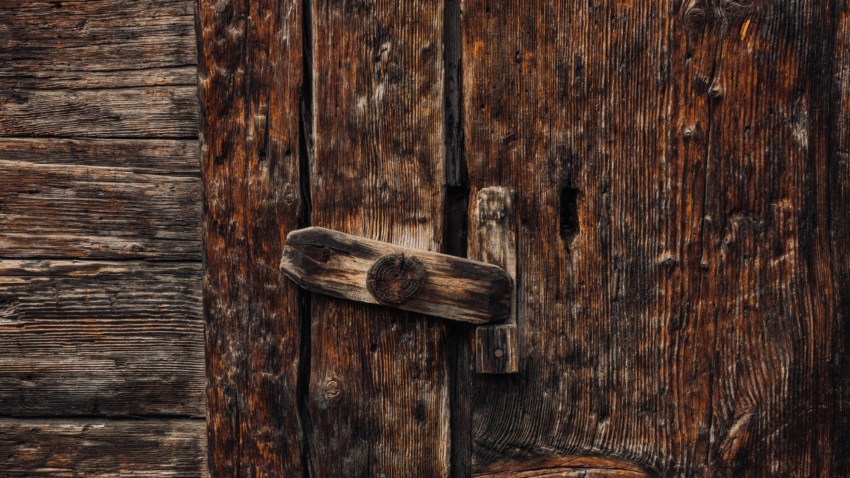Introduction
Giving your shed a fresh coat of paint or stain can completely transform its appearance while protecting it from the elements. Whether you want a bold color to stand out or a natural finish to blend into your garden, learning how to paint or stain your shed exterior is an essential skill for any shed owner. Many people struggle with peeling paint, uneven finishes, or fading colors over time—this guide will show you how to achieve a professional-looking result that lasts.
Why Painting or Staining Matters for Your Shed
Painting or staining your shed exterior provides more than just curb appeal. A protective finish shields wood from moisture, sunlight, and pests, extending the shed’s lifespan. Paint adds color and creates a barrier against harsh weather, while stain enhances the natural beauty of wood and soaks in to prevent cracking or warping. By maintaining your shed’s finish, you’ll save money on repairs and keep it looking great year after year.
Step-by-Step Guide to Painting or Staining Your Shed
1. Choose Between Paint and Stain
- Paint: Provides vibrant color, full coverage, and excellent protection but may chip or peel over time.
- Stain: Penetrates the wood, showcasing the grain and requiring less maintenance for touch-ups.
2. Pick the Right Product
Select exterior-grade paint or stain designed for sheds or fences. For paint, choose an acrylic latex exterior paint for durability. For stain, pick a weatherproof semi-transparent or solid stain depending on your desired look.
3. Prepare the Shed Surface
Clean the shed thoroughly to remove dirt, mildew, or flaking paint. Use a stiff brush or power washer on low settings. Allow the shed to dry completely before moving on.
4. Sand Rough Areas
Lightly sand any rough or peeling spots to create a smooth surface for paint or stain to adhere to. Focus on edges, corners, and weathered boards.
5. Apply a Primer (for Paint Only)
If painting, apply a quality exterior wood primer. This helps seal the wood, prevent stains from bleeding through, and ensure longer-lasting color.
6. Tape and Cover Surrounding Areas
Protect windows, hardware, and nearby plants with painter’s tape and drop cloths to avoid unwanted splatters.
7. Apply the First Coat
Use a brush for edges and corners, then a roller or sprayer for larger surfaces. Always follow the direction of the wood grain for an even finish.
8. Allow to Dry Fully
Follow the drying times on the product label. Most paints and stains require 24 hours before applying a second coat.
9. Apply a Second Coat
A second coat provides better coverage and durability. For stain, apply a lighter second coat if you want to avoid an overly dark finish.
10. Inspect and Touch Up
Once dry, check for missed spots, drips, or uneven areas. Touch up as needed for a flawless finish.
Common Mistakes to Avoid
- Mistake 1: Skipping surface preparation.
Solution: Always clean and sand the shed before applying paint or stain for proper adhesion. - Mistake 2: Painting in extreme weather.
Solution: Paint or stain on a dry day with mild temperatures to prevent peeling and bubbling. - Mistake 3: Using interior products outside.
Solution: Always use exterior-grade paints and stains designed to handle sun and rain. - Mistake 4: Skipping primer when painting.
Solution: Primer helps paint last longer and prevents discoloration. - Mistake 5: Applying too thick of a coat.
Solution: Apply thin, even coats for a smoother and longer-lasting finish.
Extra Shed Tips & Hacks
- Add a UV-protective topcoat to extend the life of your paint or stain.
- Use a paint sprayer for faster application on large sheds.
- Schedule repainting or re-staining every 3–5 years to keep your shed looking new.
Check out our guide on how to choose shed siding materials to ensure your shed exterior is both durable and attractive.
Conclusion
Painting or staining your shed exterior is a simple way to enhance its look and protect it from the elements. By preparing the surface properly, choosing the right products, and applying thin, even coats, you’ll achieve a professional finish that lasts for years.
Bookmark this guide to make your next shed makeover a success!
